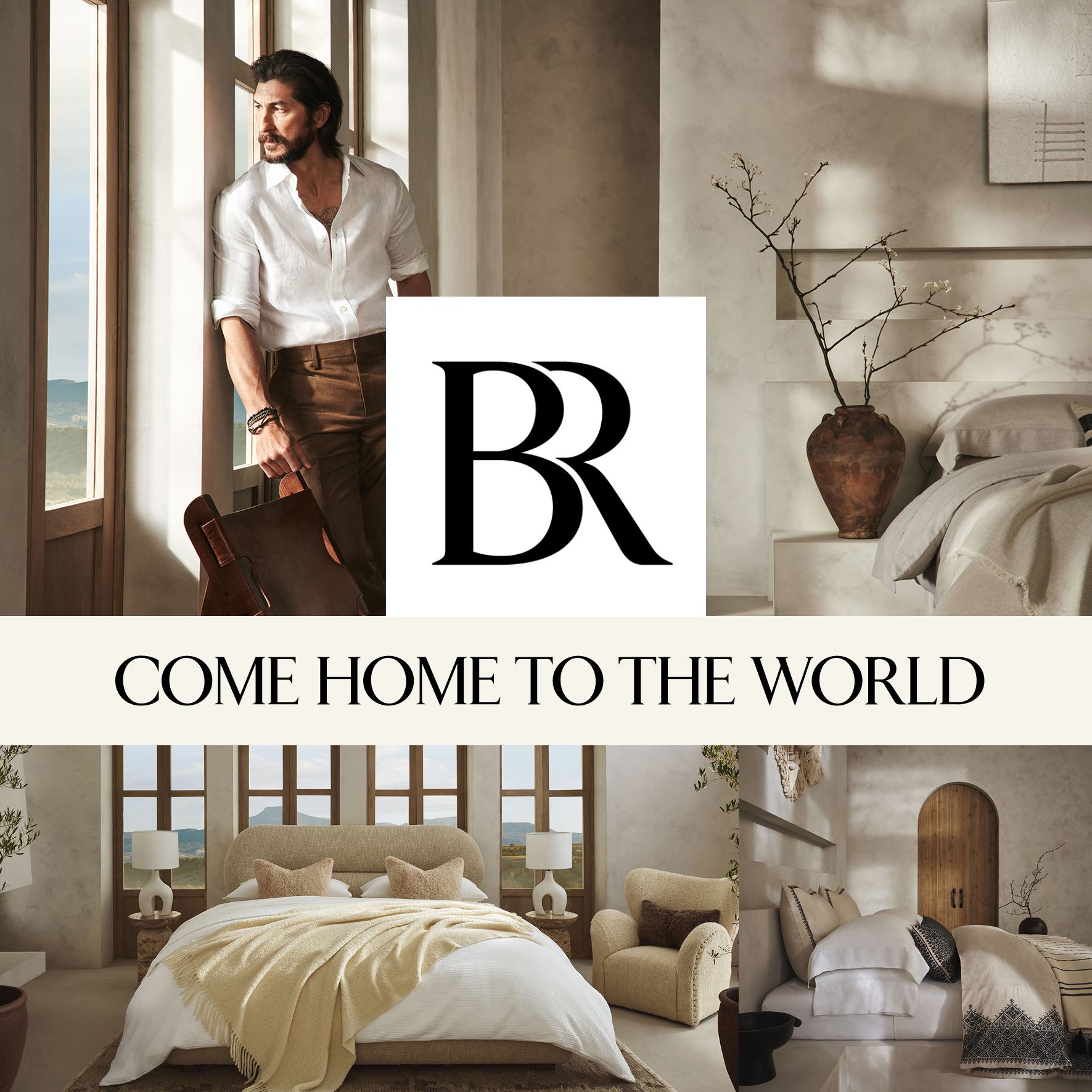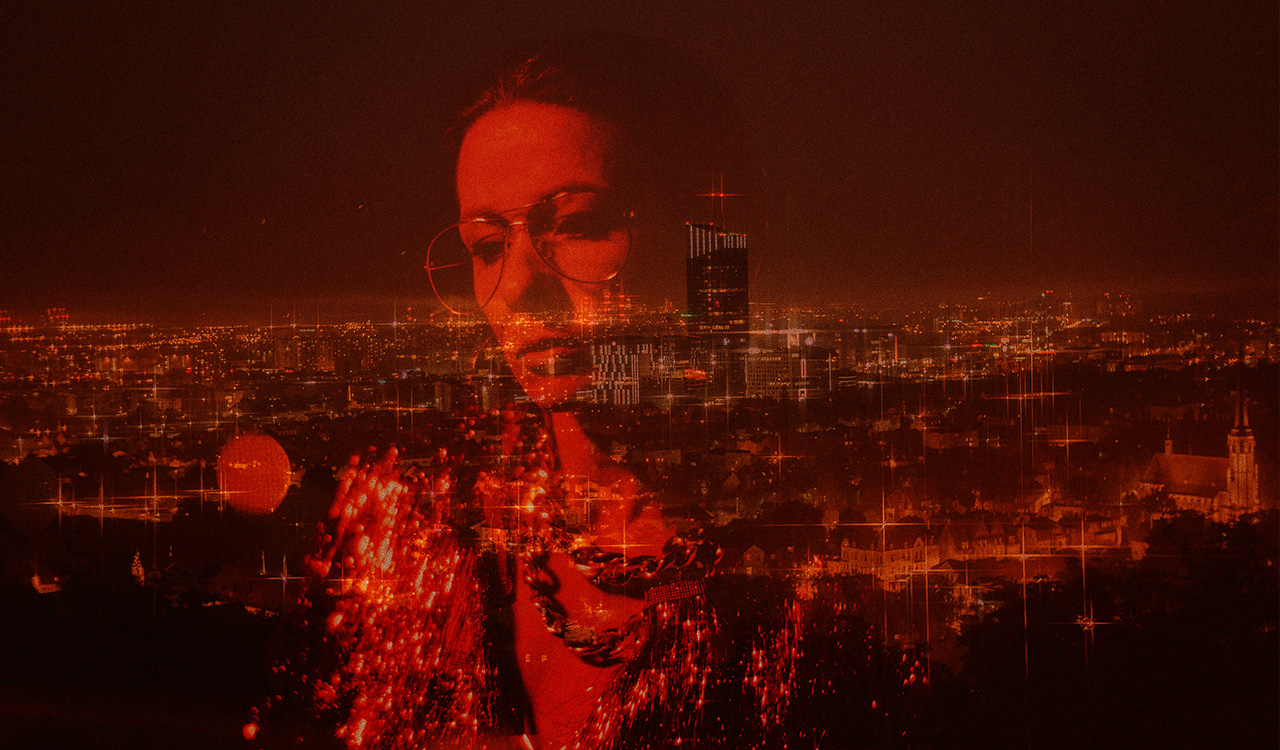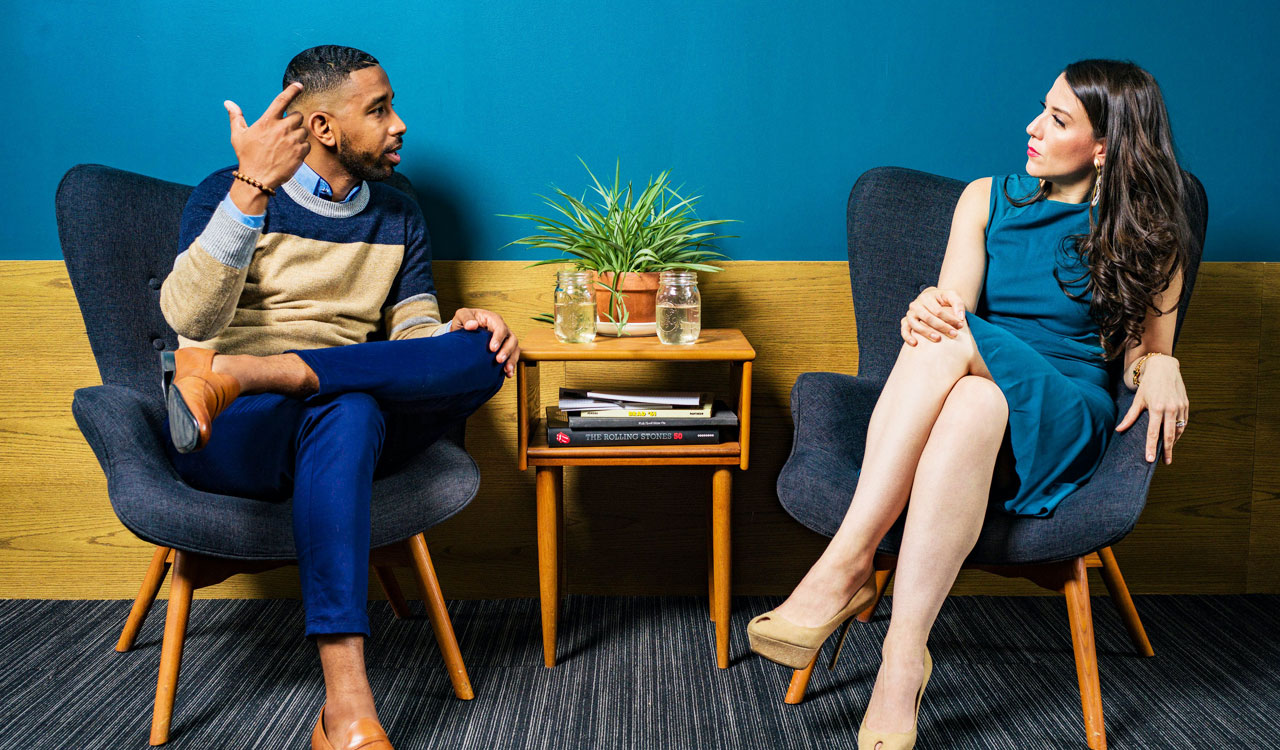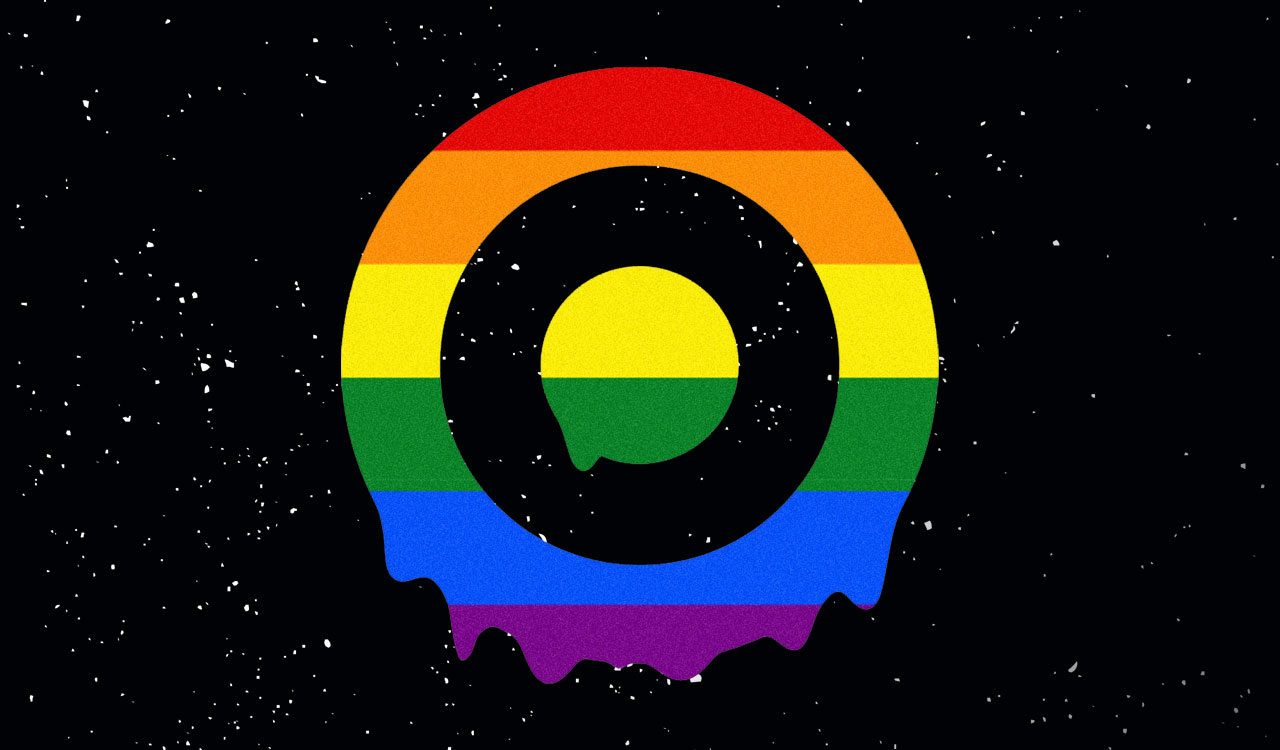Banana Republic is a brand with a mission: to build a brand with character and a personality that truly resonates with customers. It had that in spades on its founding in 1978 by Mel and Patricia Ziegler when it was named Banana Republic Travel & Safari Clothing Company, selling the virtual safari experience through clothes. I still remember fondly a safari jacket I bought there.
A Short History
Banana Republic was an aspirational, experiential brand before those terms were thrown about so frequently in marketing circles.
Then in 1983, Gap Inc. acquired it, shortened the name to Banana Republic and started messing with the proven formula. In an effort to uplift its image to be Gap’s grownup sibling for “versatile workwear” that can go from “desk to dinner,” Banana Republic got watered down to bland sameness, just another mall store to pass by.
In 2014, sales peaked at just under $3 billion, then hovered around $2.5 billion through pre-pandemic 2019. The bottom fell out in fiscal 2020, with revenues of $1.5 billion, and got a post-pandemic boost as people returned to the office, hitting $2 billion in 2021 and $2.1 billion in 2022. But it is still well under its high water mark.
The road to a lifestyle brand is strewn with many casualties and only a few really make it. And for Banana Republic, which hasn’t yet to nail its fashion lifestyle credentials, to expand into a different lifestyle category is ill-advised, to put it mildly. Just because it’s got a hammer, doesn’t mean it should try to hit the home nail when the fashion nail is still waiting to be driven in.
New CEO, New Vision
With the writing on the wall, a new brand CEO was brought in at the end of 2020, Sandra Stangl. She hailed from Williams Sonoma after 23 years, which she left as president of Pottery Barn, followed by a short tenure at RH and co-founding an entrepreneurial home furnishings venture called MINE. She was joined by Asheesh Saksena as chief growth officer, coming from Best Buy.
Shortly after arriving, Stangl recruited Ana Andjelic as chief brand officer. Andjelic has an impeccable resume, a Ph.D. in sociology from Columbia, named two times to Forbes top CMO list, author of The Business of Aspiration and time spent with Rebecca Minkoff and Mansur Gavriel.
Powered by a spitfire team, Stangl began to bring Banana Republic back to life. In 2021, its brand positioning was elevated to near-luxury to attract a more premium customer:
Acquired in 1983 as a travel and adventure outfitter, Banana Republic is a global apparel and accessories brand committed to work for a better republic. Designed for people with purpose who share a passion for life, Banana Republic is redefining luxury by using the finest materials with the latest fabric innovations to create timeless, modern, and versatile clothing, eyewear, jewelry, shoes, handbags, and fragrances.
Becoming a Lifestyle Brand
Now it can add art and home furnishings to that list.Upon the brand’s relaunch, it is repositioning itself as a lifestyle brand.
“BR created a new vision and set out to be the premier lifestyle brand that enhances people’s lives wherever they are,” a company spokesperson shared with me. “The next critical step in our brand journey is the launch of BR Home. This new lifestyle product category is a natural intersection with our apparel business.” And they added, “Our customers care deeply about premium products, quality and style in all parts of their lives. We are excited for BR Home to help solve their home decor wants and needs.”
In a statement, Stangl wrapped the home launch in even more flowery language. “Our expanded Home collection is central to our vision to be the premier lifestyle brand that positions BR as an experiential and cultural cornerstone in our customers’ lives. Banana Republic is a destination for discovery, adventure and imagination.”
We all understand the reasoning that Banana Republic can’t be a lifestyle brand without throwing its net wider into more product categories. But is it offering a solution to a problem customers don’t have? Is Stangl, after so many years in the home space showing Maslow’s Hammer syndrome: “If the only tool you have is a hammer, you tend to see every problem as a nail.”
Following not Leading
Referring to the brand as BR, rather than its official name, is a clue. “The collection feels like it is living in between RH Home (Restoration Hardware) and RL Home (Ralph Lauren),” said Robert Strand, The Blake Project. And in another nod to RH, its new San Francisco Banana Republic store on three floors at 152 Geary Street, looks and sounds familiar to Gary Friedman’s formula by including a bar providing cocktails to guests.
If people aren’t running to Banana Republic for their clothes, which they certainly aren’t given its sales results, it isn’t likely they are going to run to BR Home to solve some home decorating need that can be filled by a whole host of other brands that already live in people’s heads and homes.
And frankly, there isn’t much distinction between what BR Home offers and what so many others do. “The neutral monotone colors and designs are pretty repetitive for what you could get elsewhere,” noted home industry insider Warren Shoulberg. And he reminds us that this isn’t Banana Republic’s first dance in home. “They introduced what looks like almost the identical program about 20 years ago and nobody remembers because it failed. Those clothing stores are not set up to sell home. They can’t fit a bed on the selling floor and without that, its tough to get people’s attention.”
To solve that, the collection is going into 15 U.S. stores, less than 4 percent of its 420 stores. And its not like other fashion brands haven’t been able to cross over from fashion to home, Anthropologie and Tommy Bahama come immediately to mind. But those brands have been at it for years, not turning it off and on, which only confuses customers.
“BR has continued to sell a few home items, like throws and pillows, so they never really got out of it. But the irony is The Gap once owned Pottery Barn and could have been a big player in home if they hadn’t given up and sold it off to Williams Sonoma in 1986,” Shoulberg recalled.
Aspiration not Inspiration
Banana Republic’s aspiration to become a lifestyle brand is understandable, but in times like these, with so many economic headwinds facing retail in general and home furnishings in particular, BR’s prospects to find traction isn’t promising, even if some unfulfilled customer need is pulling it into the category, which is doubtful.
“Consumers wear their brands in their home differently than on their bodies,” observed Chris Ramey, founder of The Home Trust International. “’Lifestyle’ is a catchy term that doesn’t necessarily mean much. Products infrequently purchased like home rarely reinforce a brand’s lifestyle chops.”
“Lifestyle is a term that brands fob around as if it brings meaning to the customer. It doesn’t. Nor does entering the home category close a mysterious void in the brand’s repertoire,” Ramey concluded. “Woe be to the brand whose best prospects don’t viscerally see the connection or immediately have desire or fascination for the product.” Both warnings apply to Banana Republic and BR Home.
The road to a lifestyle brand is strewn with many casualties and only a few really make it. And for Banana Republic, which hasn’t yet to nail its fashion lifestyle credentials, to expand into a different lifestyle category is ill-advised, to put it mildly. Just because it’s got a hammer, doesn’t mean it should try to hit the home nail when the fashion nail is still waiting to be driven in.




